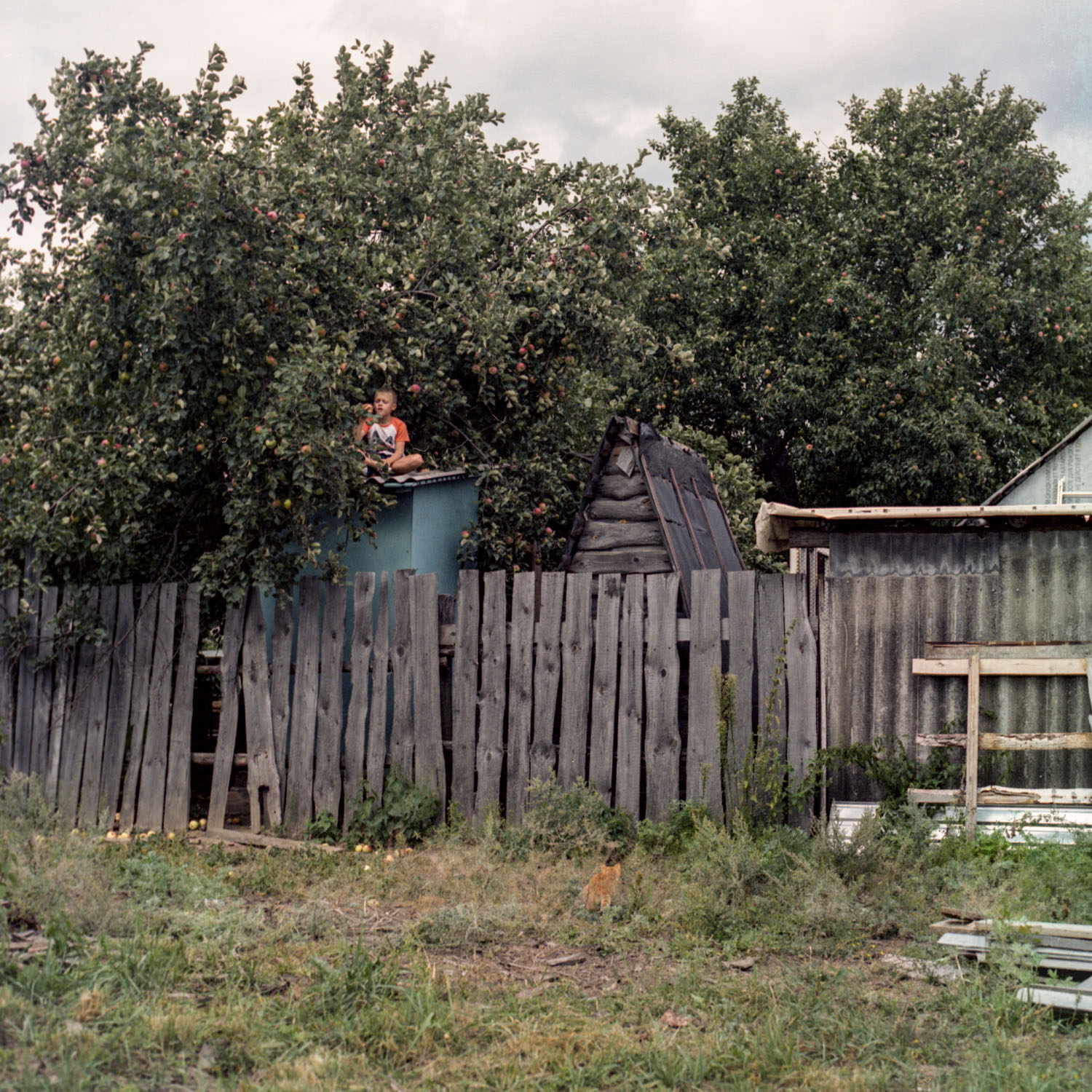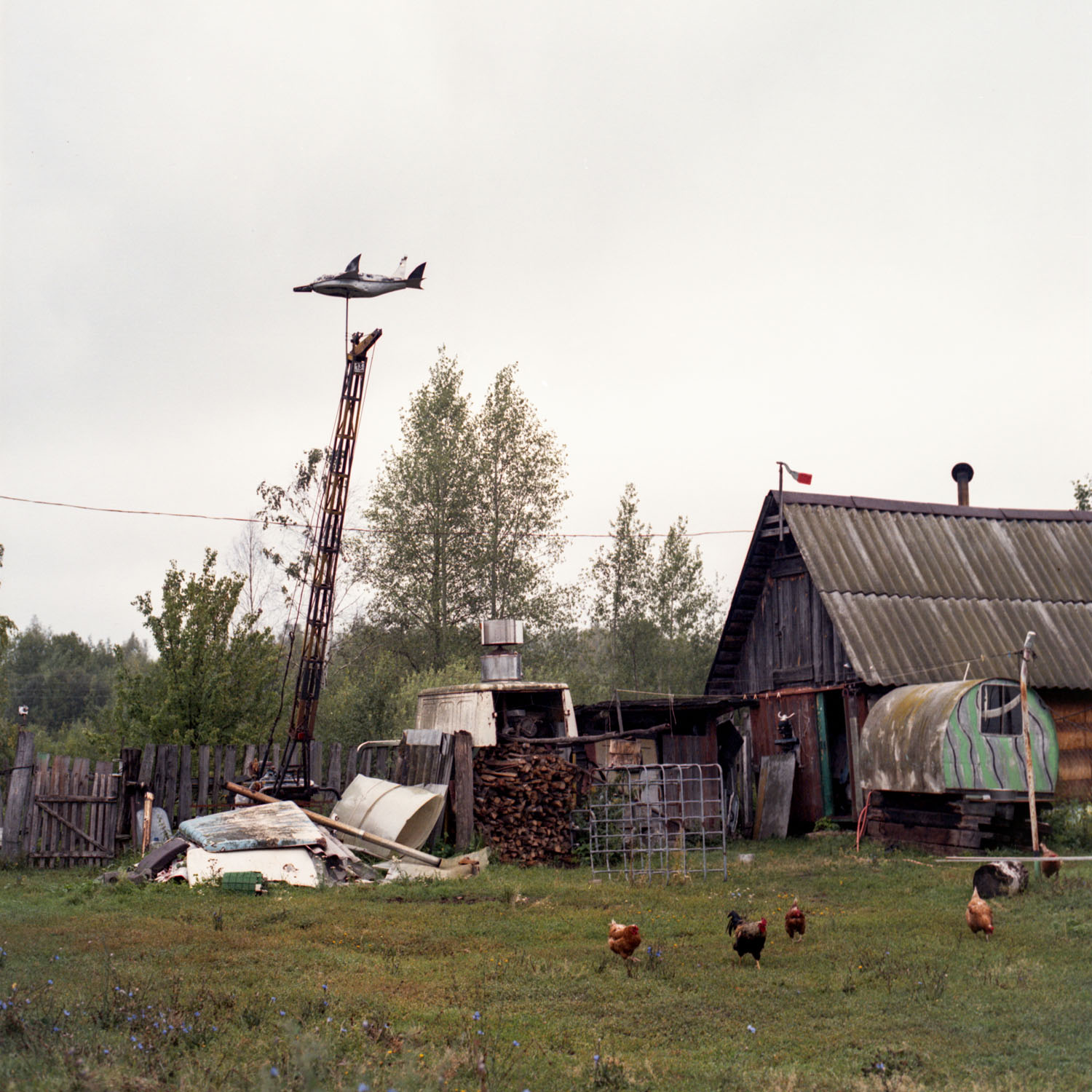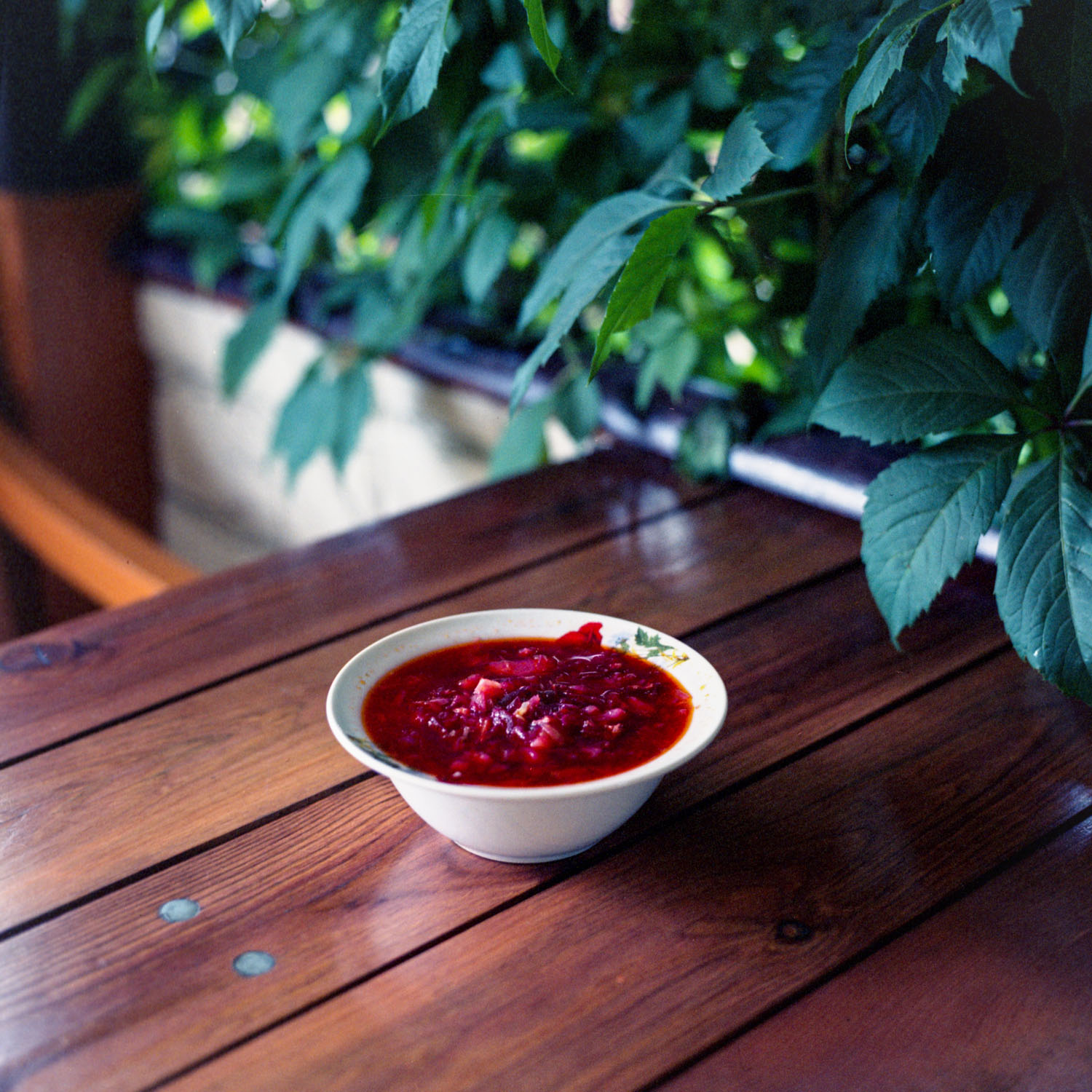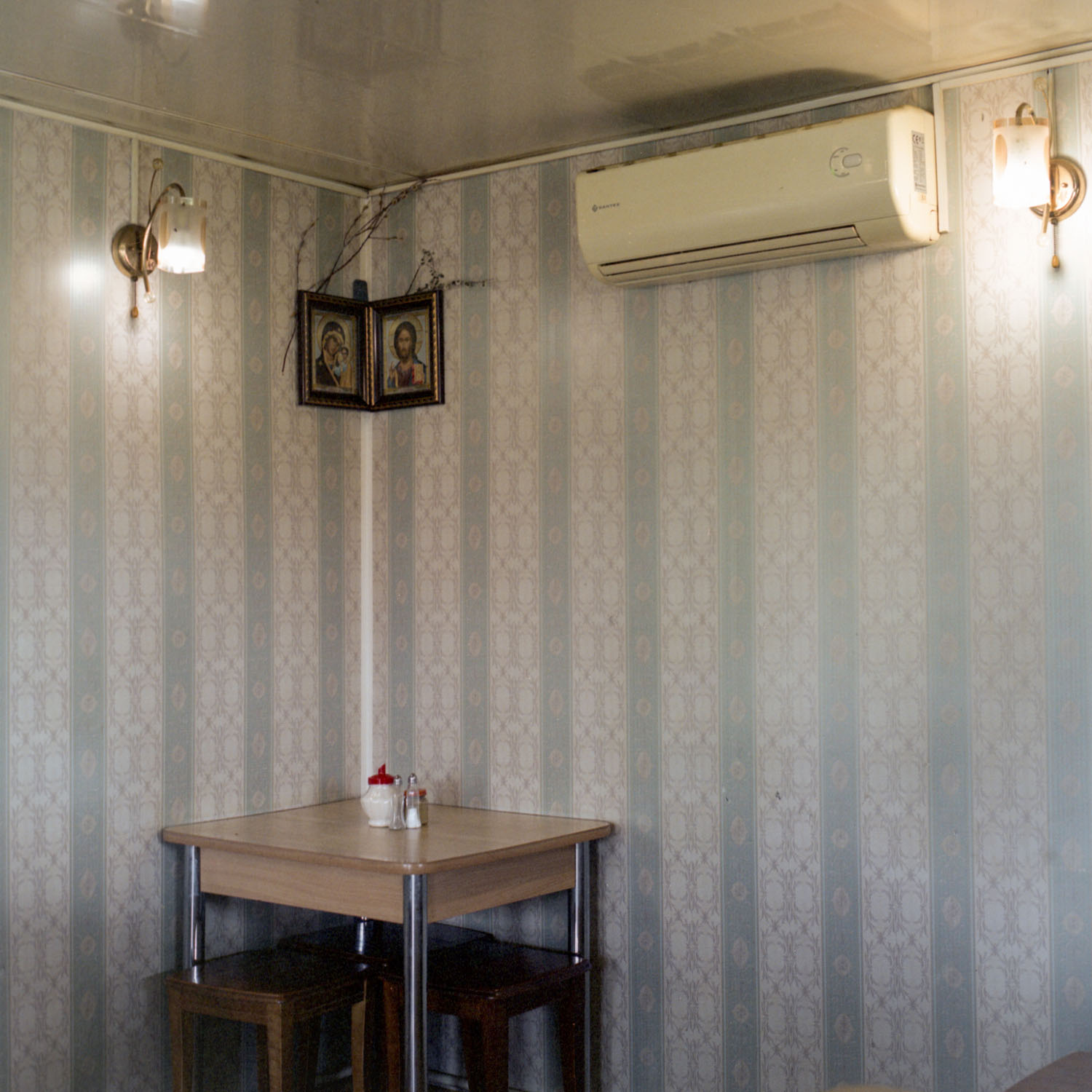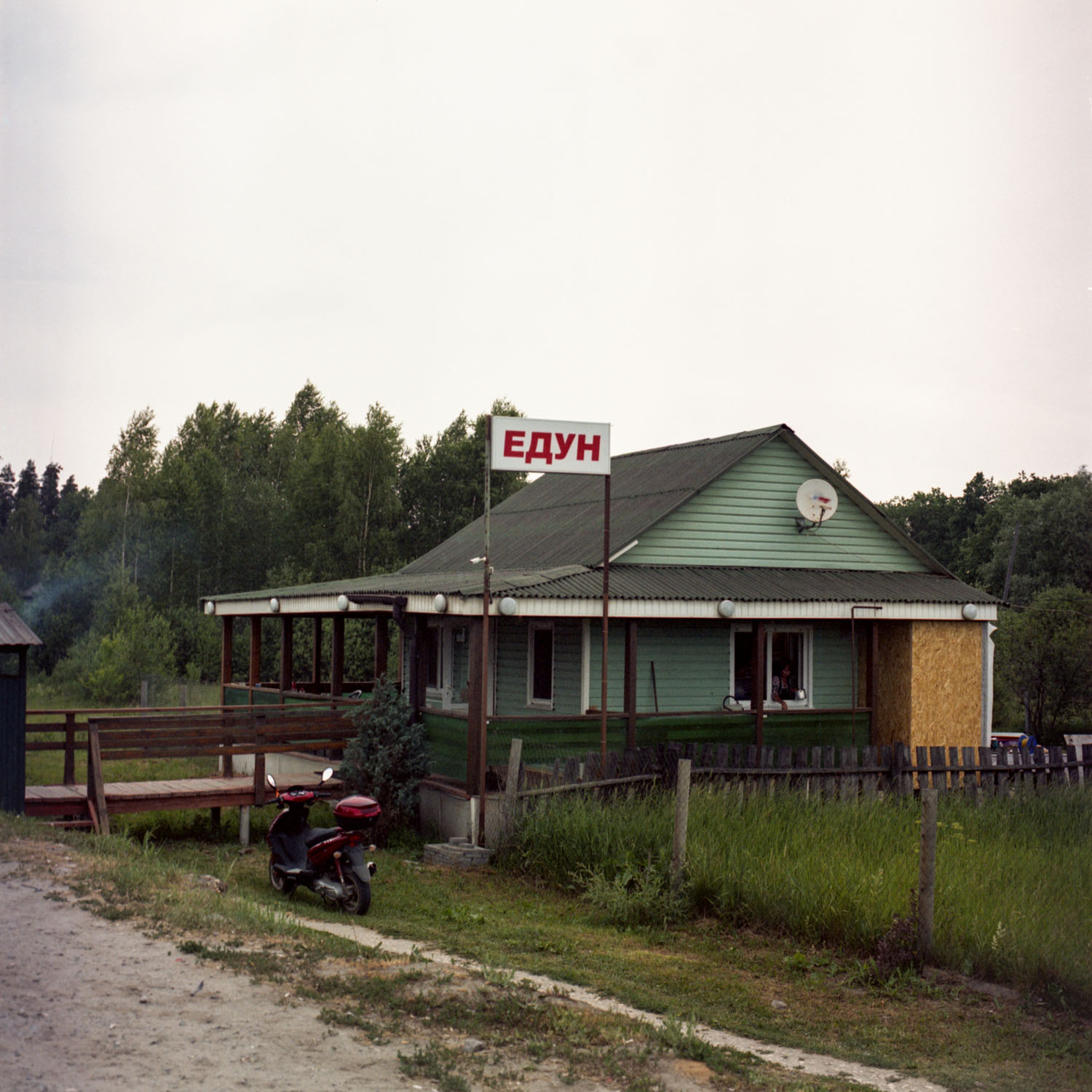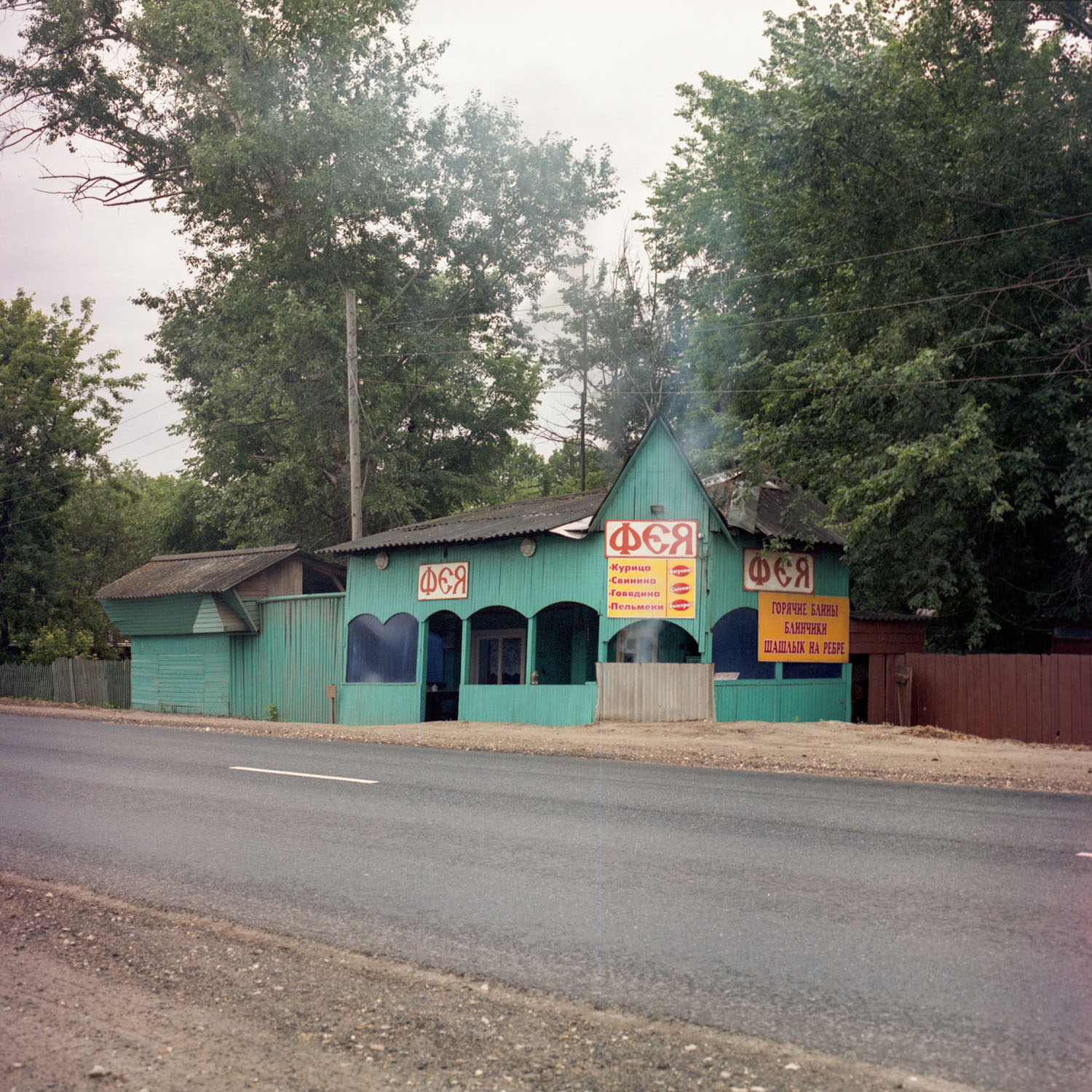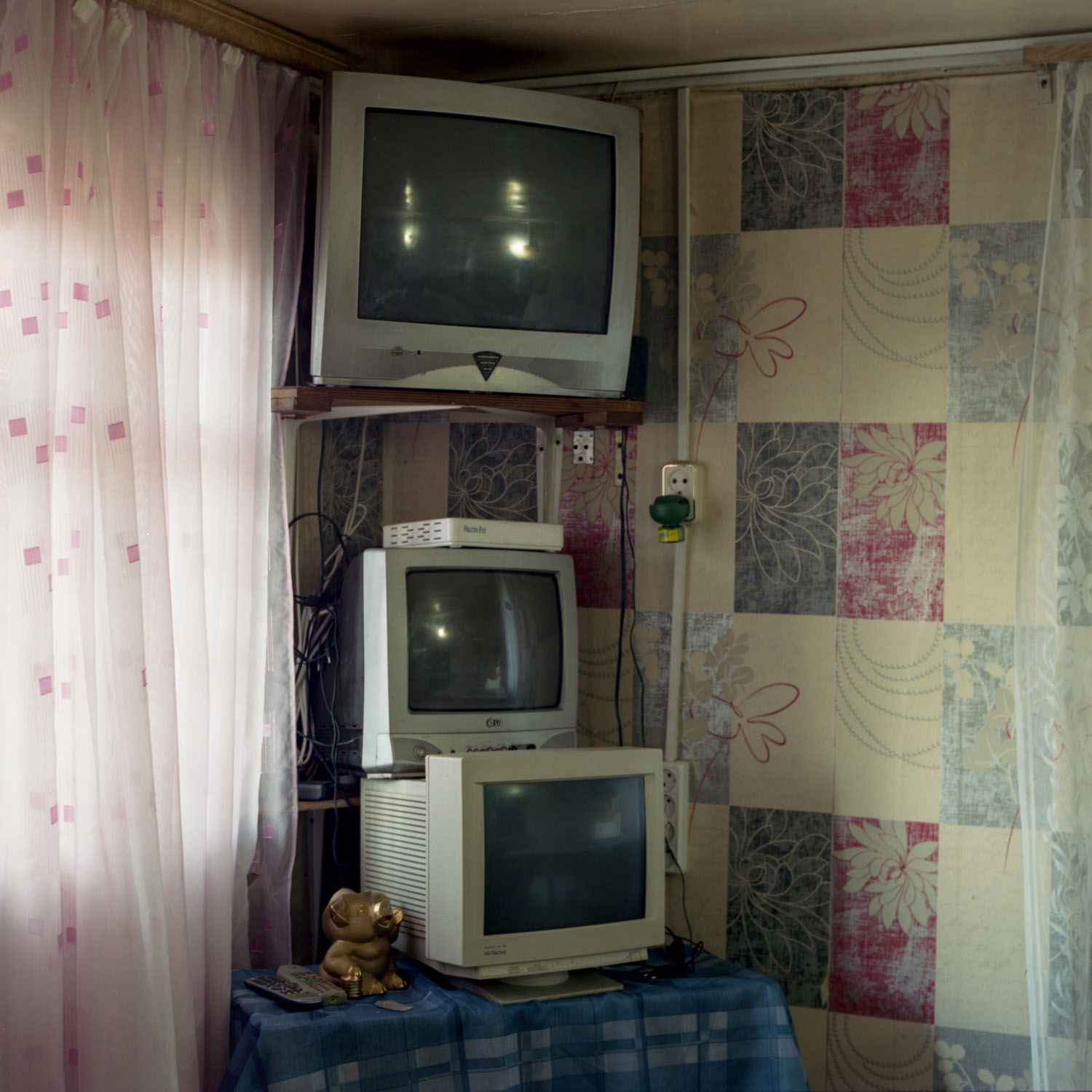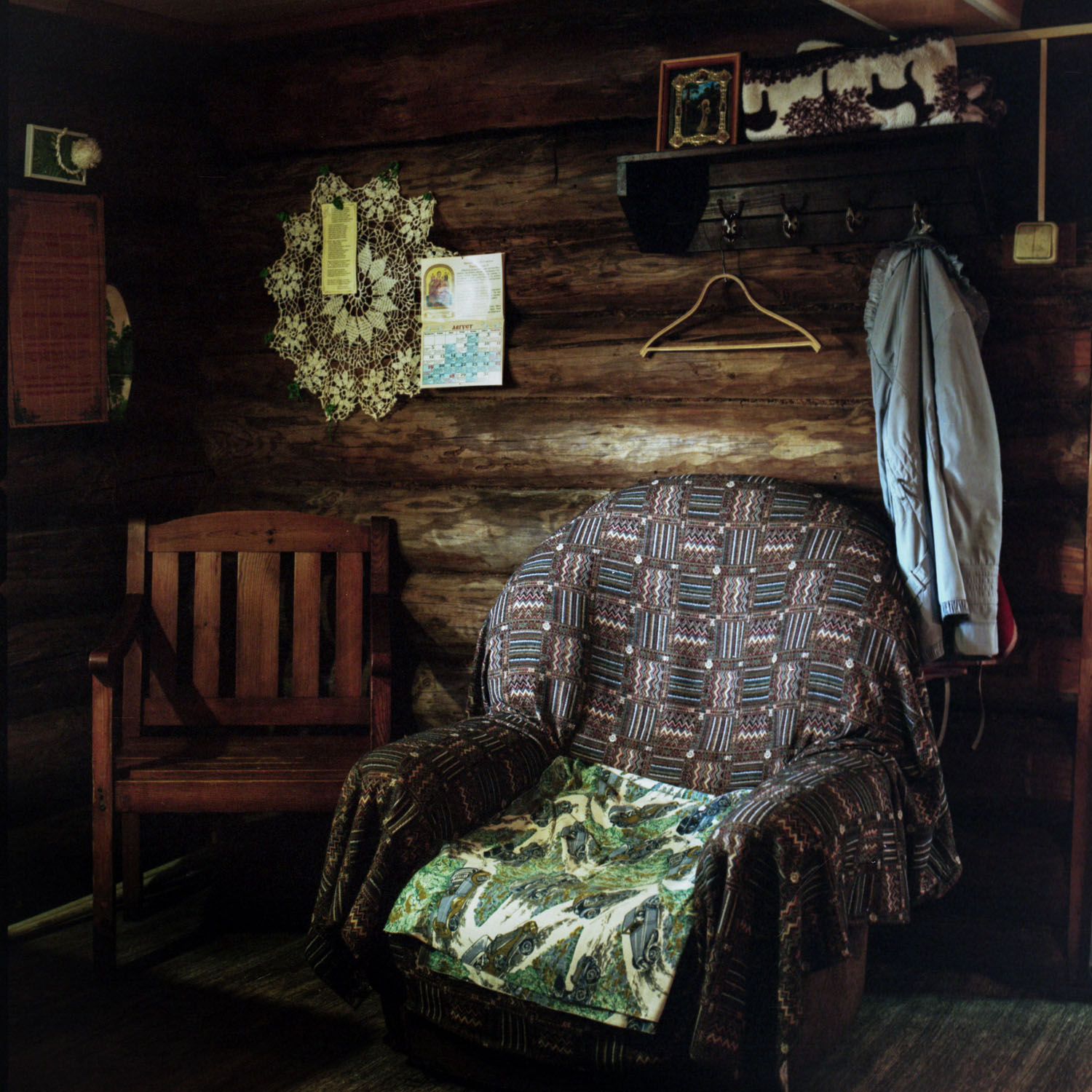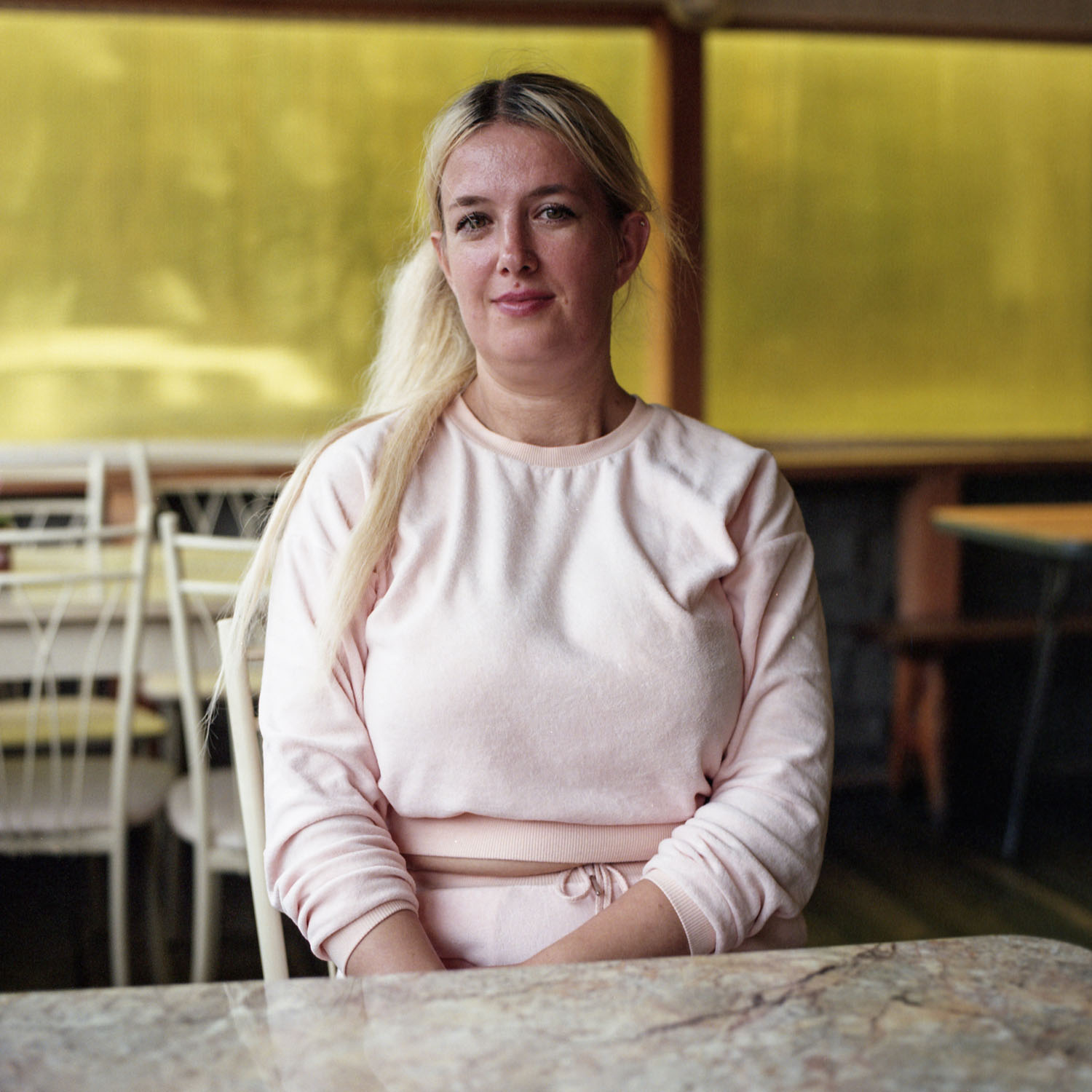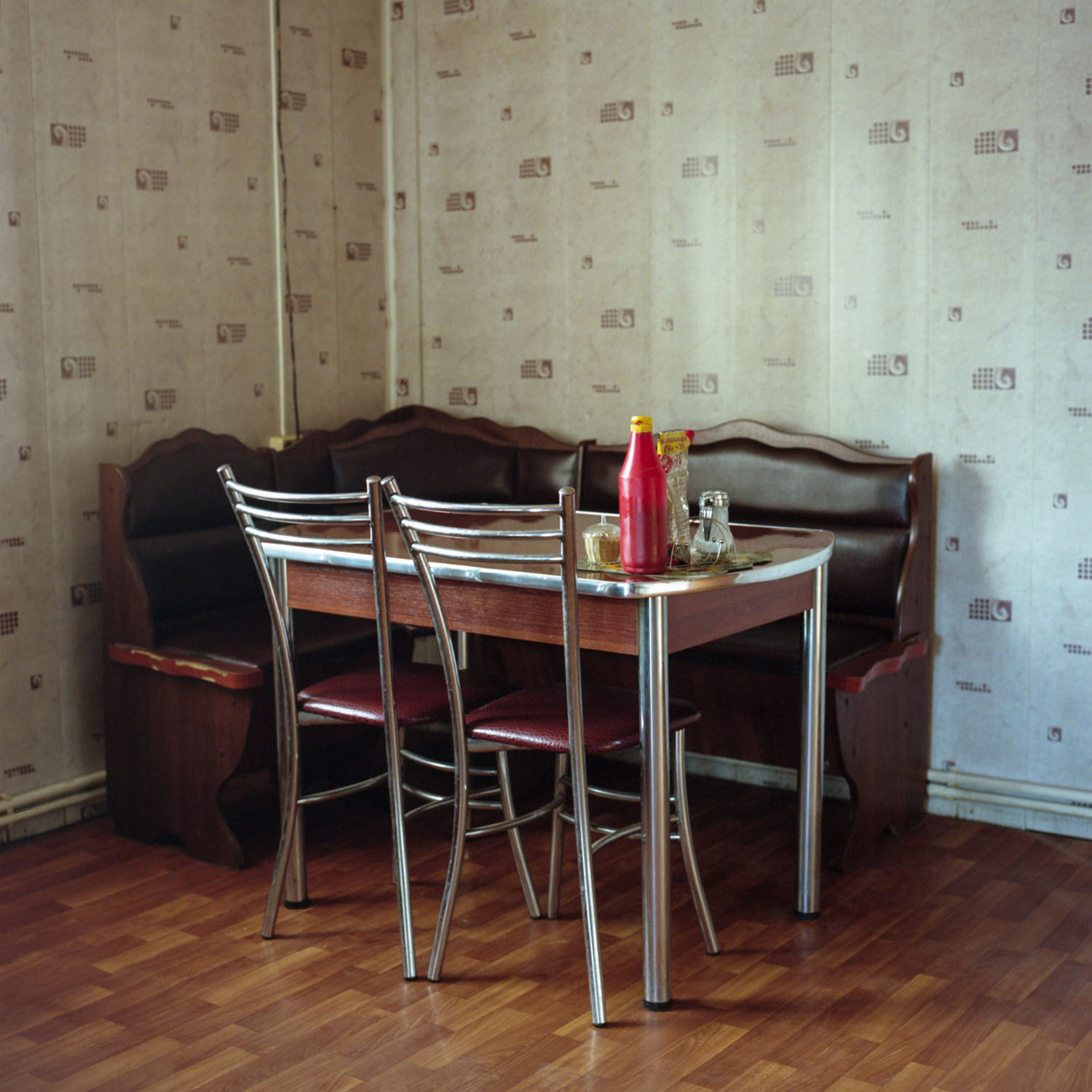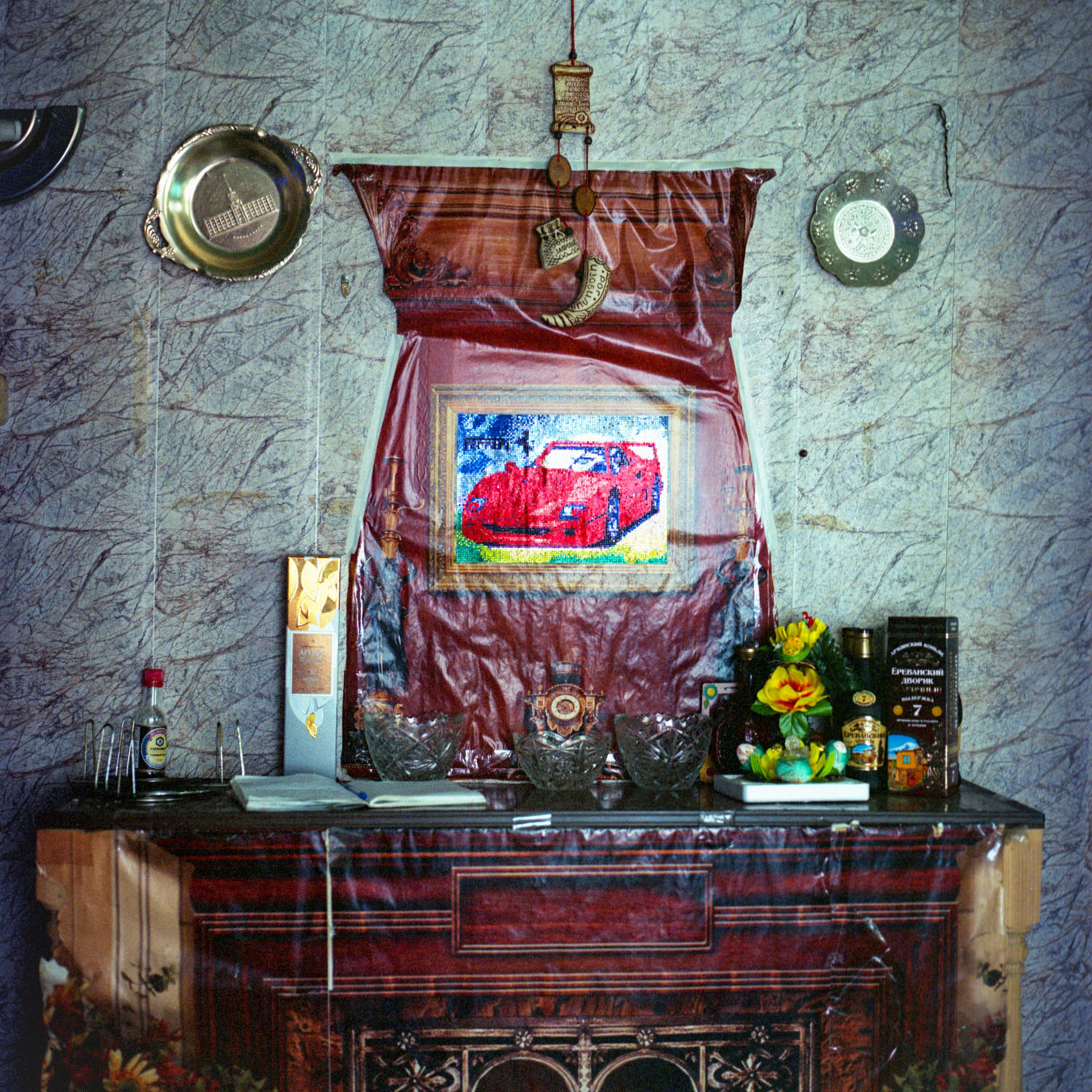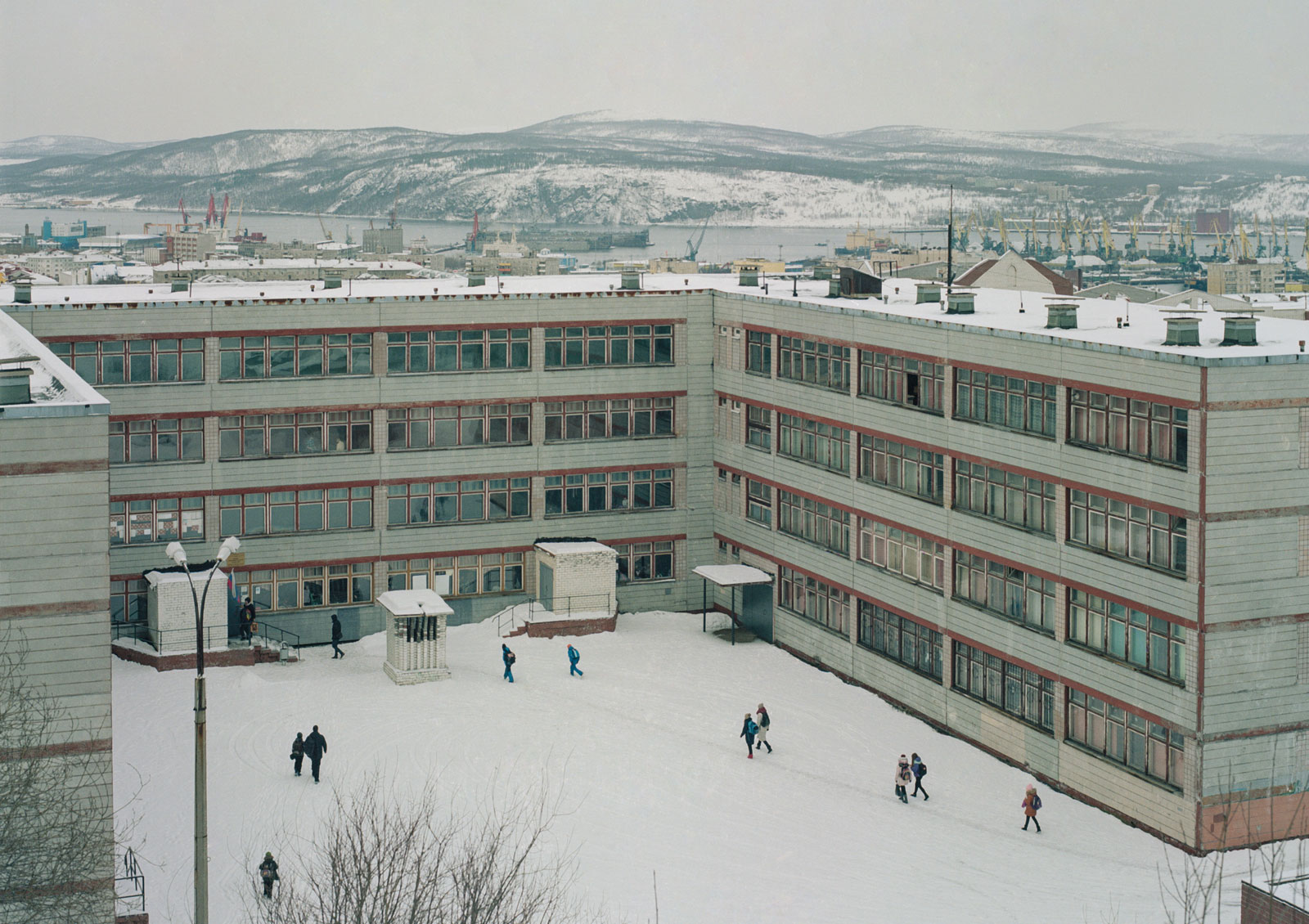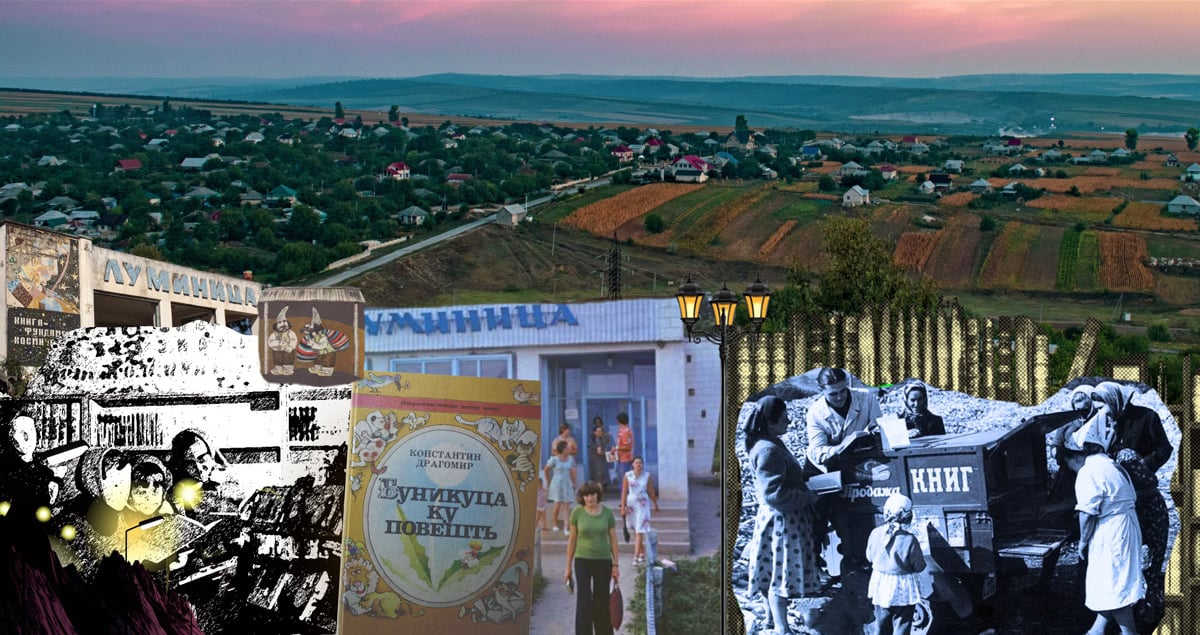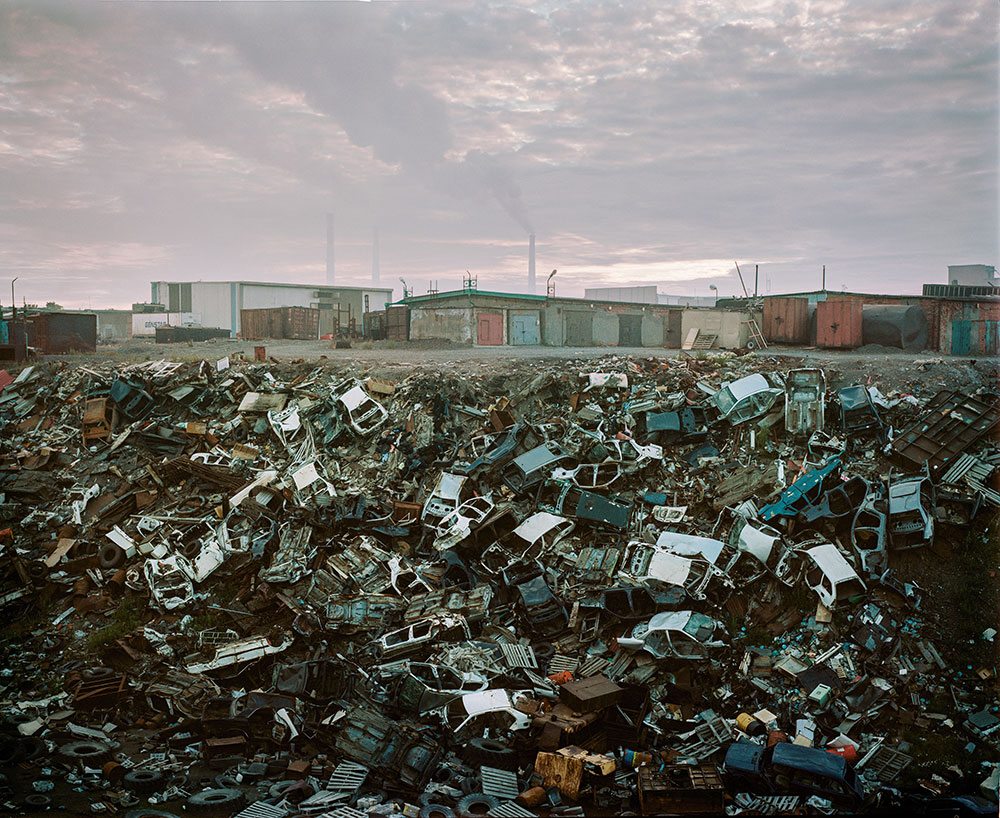The curious tale of the Russian village with more cafes per capita than New York
If you were to guess which Russian city has the best restaurant scene, you’d probably choose between Moscow and St Petersburg. But it just so happens that Russia’s most successful food scene — at least, if measured by growth — isn’t in a city at all.
Umyot is home to just 3,000 residents, a figure that pales in comparison to the region’s capital, Saransk, and its population of nearly 300,000. At first glance, it is a typical rural outpost, with hand-built wooden houses, allotments, orchards, and goats grazing in pastures. There is a park and a monument to Lenin, as well as a newly-built school and medical centre. But Umyot also has more eateries per capita than Moscow, Paris, or New York.
“To grasp exactly why there are so many restaurants in Umyot, you’ve got to know a little about contemporary Russian history,” says photographer Mikhail Lebedev, who has documented the little-known village’s thriving cafes. He first heard about Umyot from one of his customers while moonlighting as a barman in St Petersburg. He travelled there in June 2019 to investigate, reaching the village by train and bus. But what drew him to the region wasn’t the architecture or decor of the eateries — a recurring fascination for photographers on the road in Eastern Europe — but the sense of optimism and prosperity that is so rarely celebrated in rural Russia.
Umyot’s steely entrepreneurs are not just optimistic: they are truly resilient in the face of crisis. Many have already faced down the calamitous break up of the USSR.
Russia’s early 1990s were desperate times. Many went without wages, and often took whatever products they could in lieu of cash. Towns built around factories were hardest hit. In Umyot’s case, most of the residents were employed in a nearby Soviet woodworking plant. When that closed, the population had no choice but to live off of vegetables and livestock. “It didn’t matter if you were a doctor, a teacher or an official; you only got paid every few months,” says Lebedev.
Ultimately, it was the Ural federal highway, which passes through Umyot, that played a crucial role in the town’s revival. Today, many of the village’s cafes are nestled alongside this stretch of road. “When the first eateries appeared in Umyot and residents saw how popular they were with truckers and travellers, they quickly understood that this was a way that they could earn ‘real’ money. Practically overnight, milkmaids, tractor drivers and military personnel transformed into entrepreneurs.” As truckers continued to trickle into the town, one cafe opened, then another. But these were not cafes in the classic sense of the word: rather, a couple of plastic chairs arranged around a barbeque. “In just a few years, starting from 1994, there were 400 places where you could buy shashlik, or grilled meat, in Umyot. The kebabs came straight from the grill, and the borscht was cooked in a cast iron cauldron. The salad was made from whatever was harvested in private gardens, and the tea was served from samovars.”
But which was the first eatery in town? It wasn’t until Lebedev’s second visit to the area in August of 2019 that he was able to meet Yevgeny Denyabkin, the “forefather of Umyot’s food scene” [pictured above]. “When I started, I was looked down upon by the locals. A Soviet man was not to engage in business,” Denyabkin recalled, thinking back to his first time selling shashlik off the highway in April 1994. “Salaries were paid in goods and food at the time. But when they saw that I was able to make a living they decided to join in. Umyot was the centre of financial activity in the region during the 90s: we bought pork, bread, construction materials. Government officials should be praising us. We never asked anyone for anything, and accomplished everything by ourselves.”
Similar stories were playing out in major cities all over Russia, where private traders were setting up makeshift structures out of glass, plywood, and aluminium to sell everything from pasties and religious icons, to underwear. These kiosks and pavilionchiki were quintessential parts of the early post-Soviet years, but recently, many have been razed in centres of Moscow and St Petersburg, replaced by official structures with a noticeable modern sheen. In 90s Umyot, however, if you could afford a construction trailer, you were considered at the top of your game. It wasn’t until the 00s, a period of economic recovery, that building works started, transforming the makeshift businesses into proper cafes and restaurants. “Menus were given a makeover too,” says Lebedev. “It wasn’t just shashlik anymore. The dishes were a kaleidoscope of Soviet culinary traditions: pancakes and olivye salad, soups like kharcho and borscht, fried potatoes and meat cutlets.”
There are now 78 eateries in Umyot, each with their own specialty. “Georgian Kitchen serves the best kebabs and kharcho. Cafe Yedok and Yedun sells mouth-watering cakes and pastries, which are quite a delicacy considering the usual desserts are pancakes with jam. Cafe Dubok has a private karaoke room and a warm toilet (a convenience that is exceptionally hard to find). And Cafe Mordovins offers a unique cabaret atmosphere.”
Not all of the villagers were thrilled about entering the hospitality service. Elizaveta, the owner of Cafe Fairy [pictured above], graduated with a degree in philology and never fancied herself a chef, which had never been a well-regarded job in the Soviet era. “I am a victim of a social system,” she says. Her cafe is known for its pleasing interiors and sets the benchmark for local decor. “I did earn some money and have been able to raise my children. My daughters got an education in Moscow; they live and work there now,” she told Lebedev.
To this day, the businesses rely on a steady stream of truckers, while locals prefer to dine at home. Many of the owners have transformed passing customers into regular clientele. “I know all of my guests. We are longtime friends, and we even have each other’s phone numbers,” Yuri, the owner of Sadko café, told Lebedev. “If someone breaks down on the highway, they call me.”
“To a typical visitor from a big city, these cafes may seem amusing at first, with their handmade decor, outdoor toilets, and crude cafe names. But this is all part of the charm,” says Lebedev. Besides Cafe Yum-Yum, there is Cafe “Obzhorka” which translates as Cafe “Gluttony”, and “Yedun”, which refers to a person who likes to eat. A cafe called MorDonald’s (a reference to McDonald’s and the Mordovia region), had to quickly change its name after the owners got a formal letter from the McDonald’s company threatening a lawsuit of five million rubles.
“Firstly, the cafes serve incredible home-made food. The owners cook straight from their grandmother’s recipes. Secondly, they create a warm atmosphere and comfort for all their guests,” Lebedev adds. This is not unique to Umyot, but it is a welcome change from the unfavourable customer service stories you hear about Russia. “Over the last 10 years, customer service has become a priority. If you go to a bar, cafe, or restaurant, not just in Moscow or St Petersburg, you’ll be met with a warm smile and sincere conversation.”
According to Lebedev, most of Umyot’s cafes have been able to ride out the pandemic without shutting for good. “Every five years you get an economic crisis in Russia. During the Covid-19 pandemic, the cafes were closed for a couple of months, but no one went bankrupt. In most cases, the properties belong to the cafe owners and they were able to help each other.” The real danger faced by the local food industry is government taxes.
After trading since 1994, Denyabkin is now retired, put out of business by an increase in taxes. “I have a safe, quiet life now,” he says. “But still don’t understand: why do regulations for restaurants in Moscow have to be the same for cafes in our small villages?” Others, like Tatyana the owner of Crimson Bell cafe, are apprehensive about the future of the local industry: “From 1 July 2019, the law said that we had to install a cash register. Now there are endless government taxes. We’ve done our part. My children don’t want this life; it’s too harsh. They are a new digital generation.”
Still, that hasn’t stopped locals setting up new businesses. Alik and his wife moved to Umyot from Saransk because they had always dreamed of having their own cafe. With both labour migrants and truckers passing Umyot on route Central Asia, they have dedicate their menu to hearty staples from this region: plov rice, manti dumplings, and lagman noodle soup.
Lebedev believes the story is one of hope. “The local residents didn’t wait for the government to help them, and took their livelihoods into their own hands. They found their own way out without straying down the wrong path. They are honest entrepreneurs that created jobs not only for themselves but their neighbours, too. With the money earned, they have been able to send their kids to universities in Sarank, Moscow, or St Petersburg. This speaks of the enormous creative potential of the Russian people.”
“These kinds of stories need to be celebrated,” he continues. “If you look at a lot of documentary projects shot about Eastern Europe, they tend to be somber stories: deserted regions, withering rural life, disappearing communities, the trauma following the wars of the 90s. I understand why; even after 30 years after the breakup of the USSR, Russia still lives in the post-Soviet world, drawing on its achievements and infrastructure. While it’s important for photographers to reflect on these themes and show different perspectives on the matter, we do not want to live in the dark pages of our past. As a country we celebrate Victory Day and Cosmonautics days — great achievements made by our predecessors. But what are the accomplishments of today? Who are today’s heroes?”
